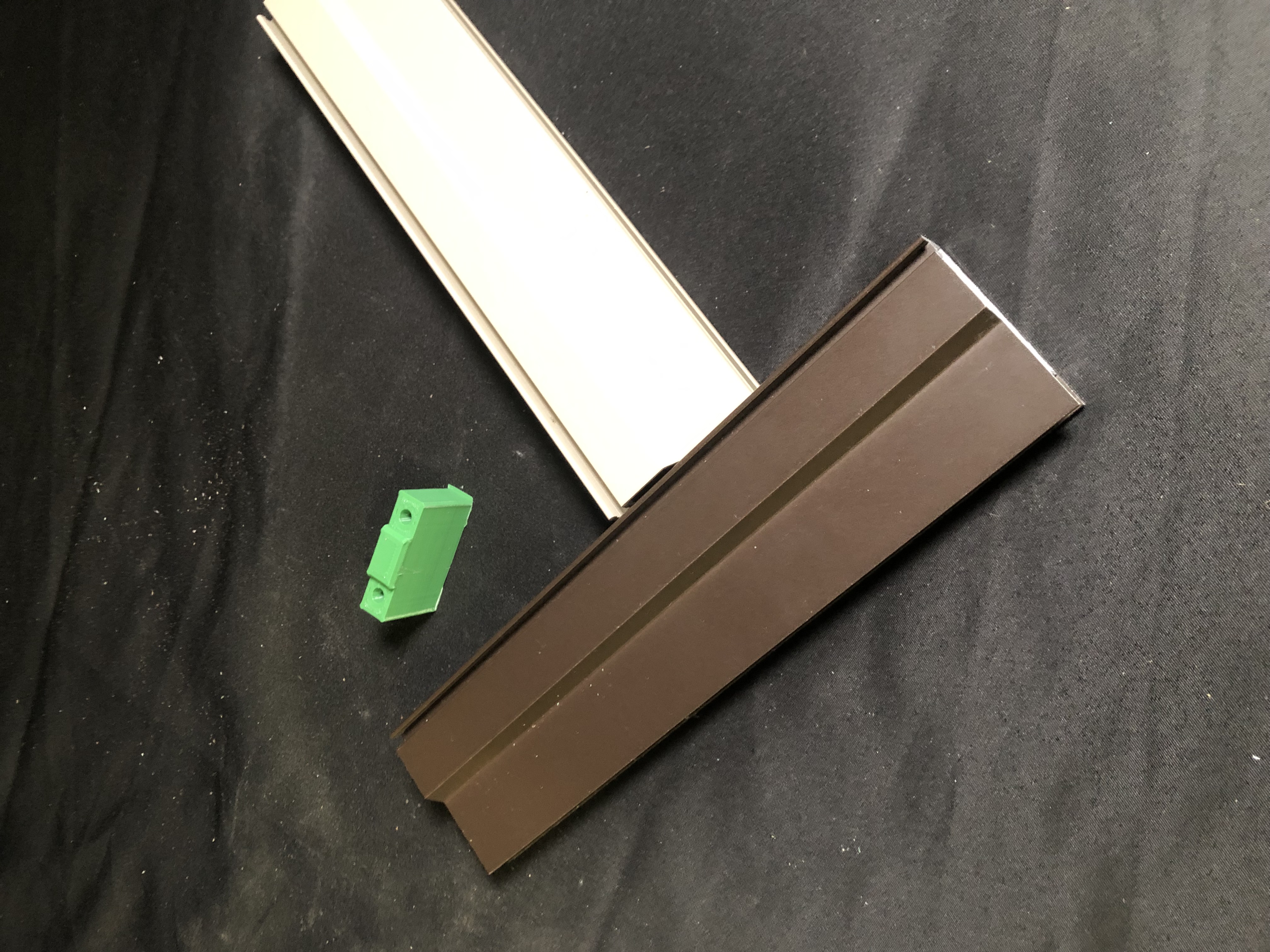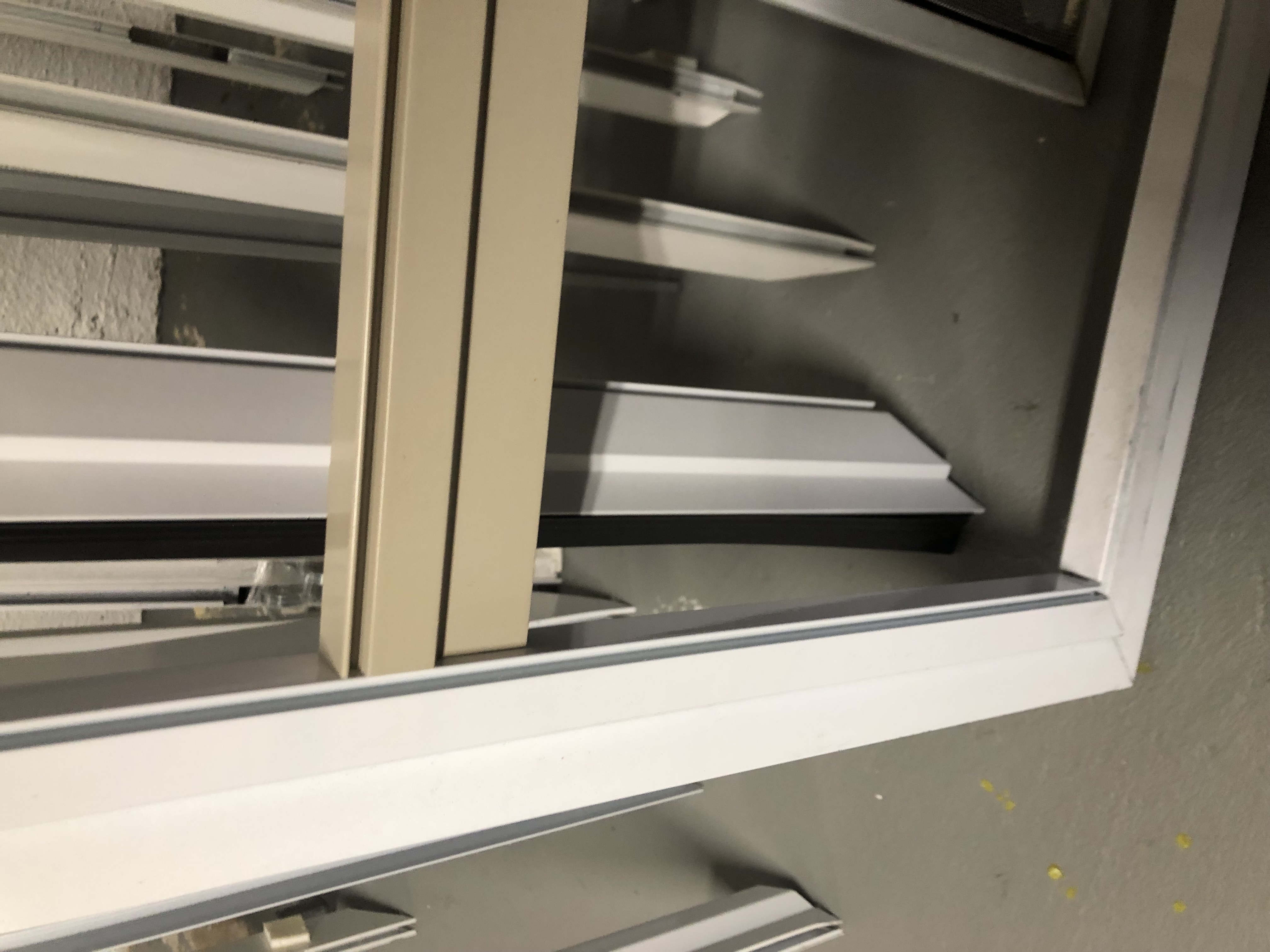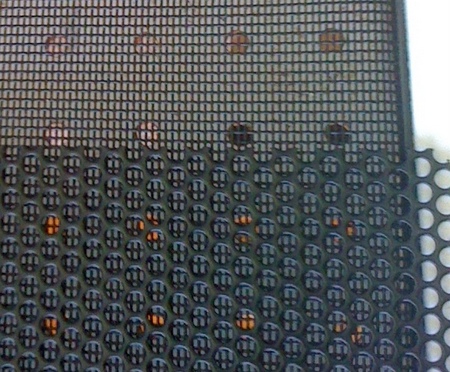- Home Page
- Pet Doors
Pet Door - Options for screen doors
A pet door allows your dog or cat to enter or leave your home without you having to open any door. There are many different styles. I have installed many of the plastic cat doors which fit in your screen door and allow your cat to go through the screen and come back inside without you having to slide the screen open.
Pet door cross bars
Many people with big dogs like to put a sheet of plexiglas in the lower half of a screen door to protect it. To make this work, you need to add a cross bar to the door frame so you have a place to screw the plexiglass in place across the top
I have recently added a cross bar option and mounting brackets to my do-it-yourself screen door kits to help people who want to do this. Even if you dont have a big dog a cross bar can be useful if you have people walking into the screen. The cross bar is a visual aid that you cant ignore and it also makes an easy to grab handle.
 |
 |
Right now I only have brackets that fit cross bars for my own doors. You need a door with a flat inside surface to screw them on. Then the cross bar just slips over the brackets as you assemble the whole door frame together.
Plexiglas is also used to armour plate the bottom of a screen slider against scratching pets. This is all right with small dogs and cats but big dogs require plexiglas almost half way up the screen.
Once you use that much plastic the weight of the plexiglas makes the screen hard to operate. Many screens have plastic rollers that cannot handle the extra weight. They will break and make your slider inoperable.
If you are planning to add a plexiglas panel, make sure it is no more than 3mm thick so that the weight is kept to a minimum.
Use plexiglas that is intended for outdoor glazing so it wont be damaged by the suns UV radiation. Also see if your screen has metal ball bearing rollers. These should be able to support the weight of adding a plexiglas panel.
Pet Screen Doors
There are 2 halves to a pet screen door. To install it, you lay the screen door down on the ground and position 1 half of the pet screen door behind the screen door in the position you want it to be. Usually on the bottom corner of the screen door closest to the locking side of the patio door.
I usually put a piece of plywood behind the pet door so it is sitting flush against the screen door cloth. Then you cut away the cloth and tap the second half of the pet door in place with a rubber mallet.
These screen door installed cat doors do work well with small dogs and cats but since they are held together by friction alone, they can work loose and come apart from constant use. For any kind of dog larger than ten pounds I think you should use a dedicated dog door that is seperate from your normal patio door and screen.
A Dog needs a pet door that is strongly built and will put up with them flying through it ! A door for a dog built into a screen door just wont survive for very long with a big strong dog! The screen door is just not strong enough.
There are also standalone doggy doors which fit into a patio door opening and provide the pet with their own seperate door. These have strong frames and will last much longer. These doors work well, they can also be removed when you want to leave your home and have things more secure.
Pet Proof Screening
Pet-Proof" Screening is worth considering if you are choosing the doggie entrance because you think it will save you repairing the screen so often.
Pet Proof screening has a much stronger mesh than standard window screening. The fiberglas petscreen material sold in many big hardware stores works really well for dogs and cats who scratch to get in and out.
In some cases your pet will learn how to open the screen themself. The strong petscreen will allow them to do that without destroying the screen.
Petscreen is not indestructible though. If you have a big dog going after a squirrel at full speed, no petscreen, or regular entrance for that matter, will survive the impact.
I had a customer whose German Shepherd went right through the living room window going after a squirrel !
The dog was fine. (dont know if he got the squirrel !)
My own preference is for separate pet doors built into their own frame, or a brick wall or a wooden or steel door. At least that way they have a solid foundation and will be less likely to get damaged from constant use.
Its not always easy to put a hole in your house to mount a pet door so one compromise is to use a separate frame that you can put into a sliding patio door.
Many pet doors are designed to installed on the bottom half of your sliding screen door. Here is an example of this style.
For examples of pet screen check the link.

Shown here are the more conventional entrances that install in a hole cut in your regular wooden or steel entrance. These are tried, tested and true devices that work well.
The only concern is having one so large that an intruder can climb through the opening when you are away. Or wild animals and other peoples pets for that matter. Look for a large design that you can lock closed.
The electromagnetic cat flap shown is a more modern cat entrance that allows your pet to wear a special collar with electromagnetic sensors that activate the flap only for your cat.
This could help if you want to keep other peoples pets and skunks and raccoons from getting into your house.
Aluminum screening is not strong enough to resist pet scratching. Galvanized steel screening is available and is very strong and is effective for a pet screen if good quality material is used.
I always found "Star" galvanized screening by Phifer was very good. The galvanizing used from some offshore manufacturers is poor and in some cases the material can rust.
There is also Stainless steel screening, as used in U.S. penitentiaries. It is the certainly the best in strength and corrosion resistance except the cost can be really high